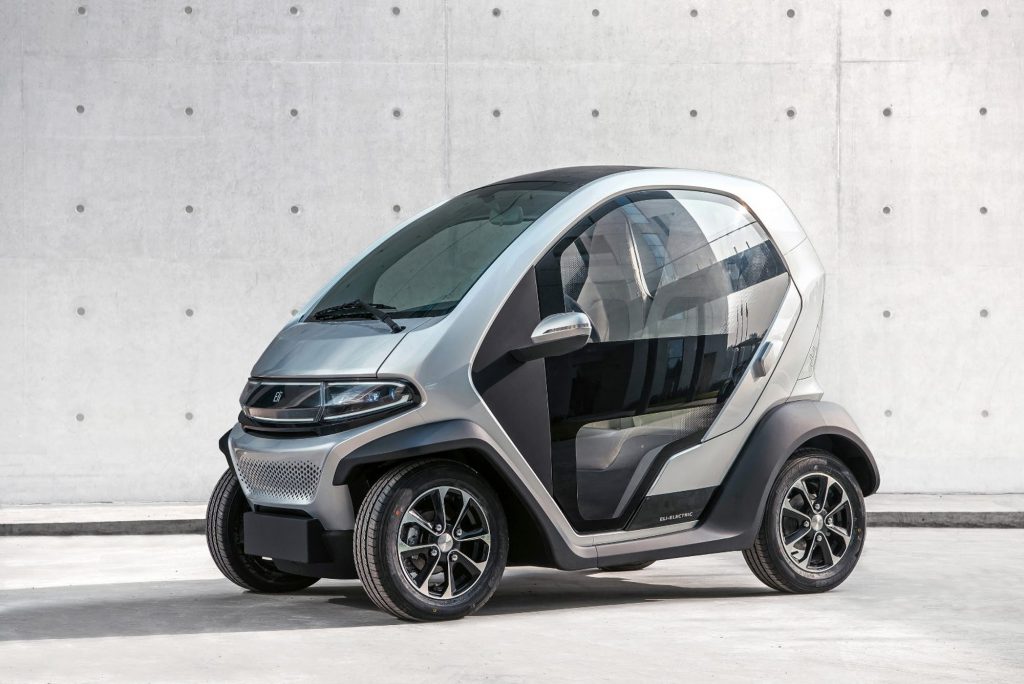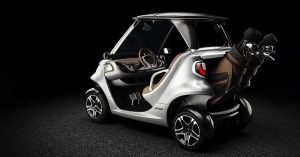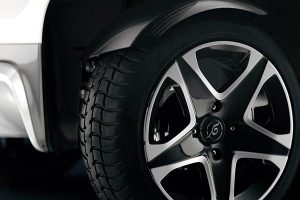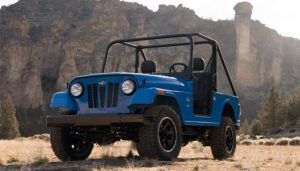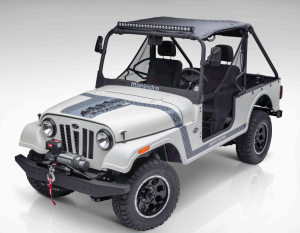
The Nikola Reckless UTV on test by the US Marines.
The US Marines are testing modified versions of the Nikola NZT electric UTV. Named the Nikola Reckless UTV after a decorated Korean War military horse, Sgt. Reckless, the vehicle can be outfitted with a range of weaponry including a 7.62mm machine gun, 12.7 mm gun, 40 mm MK19 automatic grenade launcher or Javelin anti-tank guided missiles. The four-person vehicle includes an “an infra-red beam that can be used with night vision and a remote weapons system machine gun that can be controlled by a joystick anywhere in the vehicle. It’s light enough to go on a MV-22 osprey,” according to Andy Christian, Nikola’s Director of Defense. The company invested $500,000 to build four prototypes and the production military model will cost around $85,000.
The consumer version of the Nikola NZT can be configured several different ways depending on the number of motors and the size of the battery pack, which is available in 75Wh, 100Wh and 125 Wh. The most powerful four motor configuration delivers 555 hp and 4,900 ft-lbs of torque. The base model starts at $28,900. Learn more: OCRegister.com
SVR’s Take: Given the high price of the Nikola NZT, Nikola Motors is smart to target the military market that can afford the cost of such a cutting edge vehicle. Electric vehicles fit into the US military’s ongoing efforts to reduce their dependence on fossil fuels. Special forces in particular already make widespread use of UTVs and ATVs. An electric UTV offers several advantages that could be critical in a combat zone including reduced noise, greater acceleration and reduced maintenance. I would imagine the biggest concerns would be the range of the vehicle, charging time and what options are available for re-charging the vehicle in a combat zone.
This effort puts Nikola Motors in direct competition with Polaris Industries which has a growing defense business that is largely based on military versions of their gas-powered RZR UTVs and their ATVs. It will be interesting to see if this draws any response from Polaris. They offer an electric Ranger and have a host of non-off-road electric vehicles like GEM, Taylor-Dunn and Goupil, but they have not put much emphasis on electric UTVs based on their consumer facing websites and marketing material.
Marc Cesare, SVR

